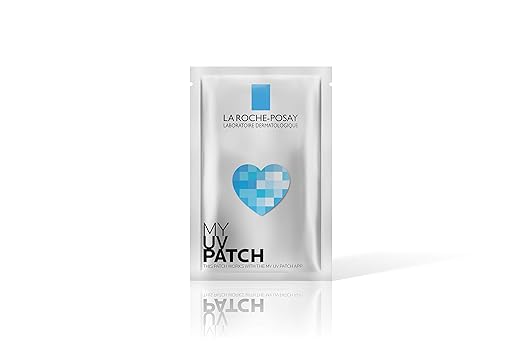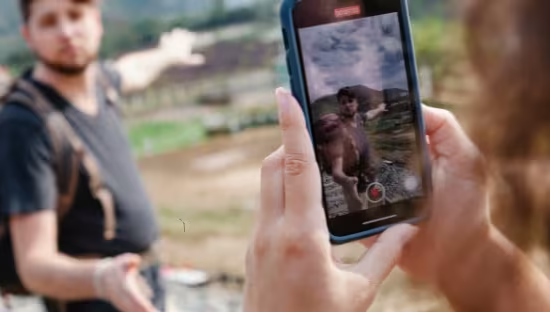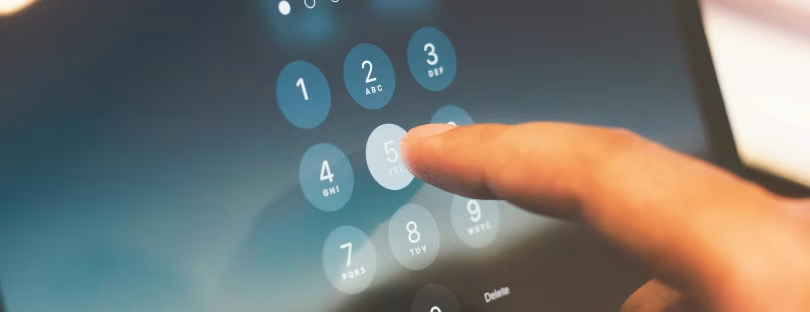Travel Wearables That Measure Sun Exposure and Vitamin D Levels
There’s a lot to pack when you travel — clothes, charger cables, snacks for the journey… and somewhere in between, we try to remember sunscreen. But here’s the thing: while protecting our skin from too much sun is essential, many of us also need a certain amount of sunshine to stay healthy. That’s because sunlight helps our bodies produce vitamin D, and without enough of it, we can end up feeling tired, moody, or more prone to getting sick. best wearables for sun exposure tracking
This is where a small but fascinating category of travel tech comes in: wearables that measure your sun exposure and even estimate your vitamin D levels. They’re not just gimmicks — they’re becoming a surprisingly practical tool for frequent travelers, digital nomads, and even the “once-a-year vacationers” who just want to make the most of their trip without wrecking their skin or missing out on vitamin D.
Let’s unpack how they work, why they’re useful, and some of the devices you might want to slip into your luggage before your next trip.
Why Sun Exposure Tracking Is Actually a Big Deal
If you’ve ever gone on holiday and come back with a sunburn in some random spot you didn’t even realize was exposed… you’ll get why this matters. But there’s more to it than just avoiding the lobster look.
Sun exposure tracking wearables help with:
- Preventing overexposure → Reducing your risk of sunburn and skin damage.
- Vitamin D optimization → Ensuring you’re getting enough sunlight, especially if you work indoors or travel in winter.
- Personalized UV advice → Not all skin types react to sunlight the same way. These devices can give tips tailored to your skin tone and sensitivity.
- Travel safety → UV levels change depending on where you are in the world. A mild spring day in London and a spring day in Sydney are very different UV-wise.
When you’re traveling, especially across different climates, it’s easy to misjudge the sun. These wearables give you real-time data so you can adjust — whether that means applying sunscreen sooner or getting just enough sun to keep your vitamin D levels healthy.
How These Wearables Work
Most of these gadgets use a combination of:
- UV sensors to measure the intensity of ultraviolet light you’re exposed to.
- Algorithms to calculate how much vitamin D your body is likely producing based on your skin type, age, and current conditions.
- Companion apps that turn the raw data into easy-to-read insights (and sometimes reminders).
Some are clip-ons or stickers that you wear on your clothes or wrist; others are built into smartwatches or even smart patches that you replace daily.
The vitamin D estimation isn’t a direct blood test — it’s a calculated guess based on how much UVB light your skin has absorbed, which is the wavelength that triggers vitamin D production. While it’s not perfect, it’s a lot better than guessing.
Best Travel-Friendly Wearables for Sun and Vitamin D Tracking
Here’s a rundown of some notable devices travelers are loving:
1. L’Oréal’s My Skin Track UV
This tiny clip-on is completely battery-free — it’s powered by the sun (very poetic, right?). It measures both UVA and UVB exposure and syncs to your phone to give you daily exposure levels. It doesn’t directly calculate vitamin D, but it’s lightweight, travel-friendly, and ideal for people who want simple, on-the-go sun awareness.
2. QSun Wearable best wearables for sun exposure tracking
This little gadget (you can clip it to your shirt or wear it like a pendant) measures UV exposure and, here’s the clever bit, estimates your vitamin D production based on your skin type, age, and location. The app even tells you the ideal time to be outside to get the right balance between vitamin D and sun safety.
3. La Roche-Posay’s My Skin UV Patch
Think of this like a flexible sticker you wear on your arm. It’s water-resistant and designed for multi-day use, so it’s great for beach holidays. Paired with their app, it gives you sun exposure insights. Again, it’s more about prevention than vitamin D calculation, but it’s cheap, portable, and zero hassle. best wearables for sun exposure tracking
4. Apple Watch (with Sunlight Tracking)
If you’re an Apple Watch user, you may already have a hidden sun-tracking feature. With iOS updates, the watch can use ambient light sensors to log the time you spend in daylight. Paired with health data, it can help you monitor your vitamin D indirectly. Not as precise as dedicated UV wearables, but perfect for minimalists who don’t want extra gadgets.
5. Sunlight Index Beeping Sunburn Limitation Meter
If you prefer something straightforward and no-app-required, this portable Sunlight Index meter is a great choice. It measures UV intensity in real time and gives an audible beep when your exposure reaches a set limit — making it perfect for travelers who don’t want to stare at a screen all day. No charging, no Bluetooth, just quick, clear feedback to help prevent sunburn and manage safe time in the sun. Check it out here.
How Travelers Can Use These Devices
Scenario 1: You’re in Iceland in spring. You’re outside a lot, but the sun feels weak. Your wearable tells you your UV exposure is too low to produce much vitamin D, so you know to supplement with food or vitamin D drops.
Scenario 2: You’re in Thailand in December. The weather is gorgeous, but UV levels are intense even in the morning. Your device warns you you’re about to cross your safe daily limit, so you head for shade before you burn.
Scenario 3: You’re a digital nomad in Lisbon, working from cafés. You think you’re outside enough, but your wearable says you’re barely getting 15 minutes of real sunlight a day — a sign to adjust your schedule and maybe work from a park now and then.
The Vitamin D Connection
Here’s why this is so important when traveling: vitamin D plays a role in your immune system, bone health, and even your mood. Low levels can lead to fatigue and make it easier to catch a cold — not exactly ideal when you’re on the move.
But more sun isn’t always better. Overexposure increases your risk of skin damage, and sunscreen — while crucial — blocks some vitamin D production. That’s why having data is such a game-changer. You can aim for the sweet spot: enough sun to maintain your vitamin D without putting your skin at risk.
Limitations and Things to Keep in Mind
While these devices are handy, they’re not a replacement for common sense or medical advice. Some important notes:
- Vitamin D estimation is just that — an estimate. If you’re worried about deficiency, get a blood test.
- Cloudy days still allow UV through, so don’t rely on your eyes alone.
- Your skin tone, age, and even body weight can affect how your body produces vitamin D — wearables account for some of this, but not perfectly.
- For long trips in high UV zones, you still need sunscreen and protective clothing, even if your device says you haven’t hit your “limit.”
The Future of Sun-Tracking Travel Tech
We’re already seeing some smart rings and smart glasses experimenting with built-in UV sensors. In the next few years, I wouldn’t be surprised if this feature becomes as common in wearables as heart rate tracking. Imagine a smartwatch that not only counts your steps but also tells you exactly when to step into the shade — or a travel app that combines your itinerary with local UV forecasts and vitamin D advice. best wearables for sun exposure tracking
For frequent travelers, especially those hopping between drastically different climates, that’s going to be a real upgrade in personal health management.
Final Thoughts
Travel is supposed to make us feel good—new sights, new experiences, and a break from routine. But your body still needs the right balance of sunlight and vitamin D to stay healthy and energized along the way.
Travel wearables that measure sun exposure and vitamin D levels aren’t just a neat gadget gimmick; they’re a small investment in making your trip more enjoyable and your return home a little less “ugh, I’m wiped.”
Whether you’re strolling through Rome in the spring, hiking in Patagonia, or working remotely in Bali, having that extra insight into your sun exposure means you can make better decisions for your skin and your overall health.
So next time you’re packing, consider slipping one of these tiny devices into your bag. They won’t take up much space — but they might just make a big difference in how you feel on your trip.













